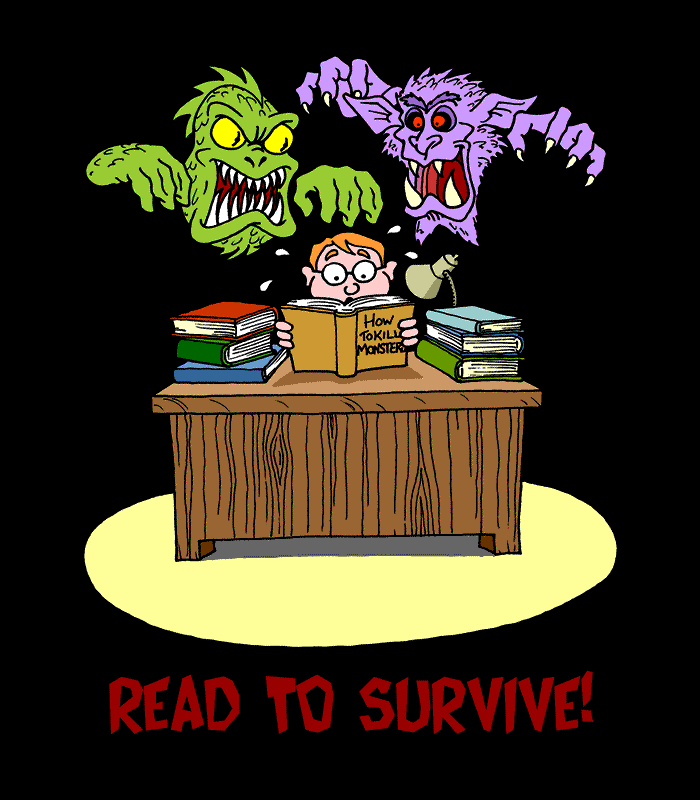The Big Book of Monsters by Hal Johnson, illustrated by Tim Sievert
Workman Publishing, 2019
ISBN-13: 978-1523507115
Available: Hardcover, Kindle
The Big Book of Monsters features twenty-five spooky creatures from classic literature, all with their own stories explained in a concise, simple way. Each entry includes a full-colour portrait, monster ratings (scare factors with skull ratings), educational sidebars with further information, and “beyond the book” details. The latter includes information on literary history, language, and other important details pertaining to the specific monster or authors of the stories. Creatures include the Golem, Cheops the Mummy, Grendel, the Headless Horseman, Dorian Gray, Lamia, Medusa, and more. Frankenstein’s Monster has his own entry, although I would argue Dr. Victor Frankenstein is the true villain of the piece. At the end of the book, the author includes a timeline that includes the chronological order from which these monsters’ tales were created from 1750 BCE to 1915 CE; a list of further reading; a list of monsters that didn’t make the cut, notes on translations used in the entries, and a comprehensive bibliography of texts discussed in the book.
This provides a great introduction to spooky literature for young readers. A lot of research and care went into the creation of this volume. The artwork is vibrant and appropriately spooky for all monster kids, regardless of age. I reviewed an ARC copy in which Dorian Gray did not even register a skull rating. I don’t know if this was an oversight or if he was just too charming to earn a spooky rating. Highly recommended.
Reviewed by Lizzy Walker




















Follow Us!